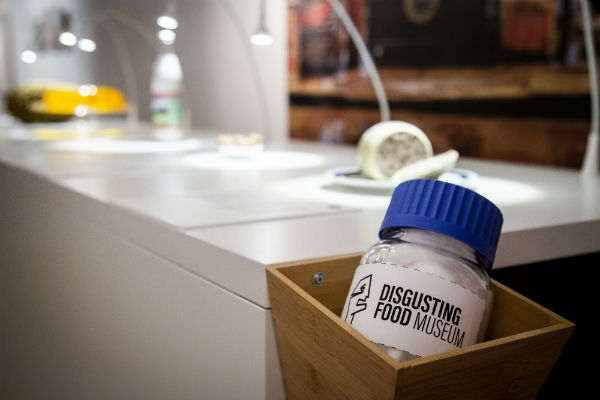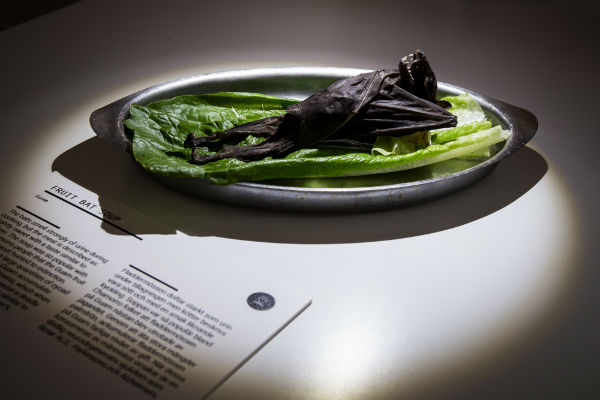The preparatory work for the 2016 surströmming season is now underway, with the fish currently being plucked out of the Baltic Sea before they are stored away for months to stew in their own bacteria, ripening for fermented food lovers everywhere.
Its rotten egg-like smell has been mistaken for a gas leak. One 25-year-old tin required protective gear to open. And Americans tasting the foodstuff for the first time likened it it to “sewage”, a “baby diaper” or a “dead body”.
Yet many Swedes continue to eat surströmming, a centuries-old tradition that stems from the time when Swedish workers were paid for their labour in herring. The fermentation process, smelly as it is, allowed the labourers to store their fish for longer.
For the town of Kallax in northern Sweden, that process starts now. To make the delicacy, the fish needs to be caught during the spawning season, which in Kallax is the week before Midsummer. It is then packed away to ferment, getting ready for the traditional grand opening of the first can on August 18th – the third Thursday in August.
“We will fill an oak barrel with the fish, usually around 210kg, but we would have liked to have taken ten boxes more, so we might go out again during the night to come,” Kallax fisherman Ulf Lindgren told news agency TT after bringing in his first catch of the year.
Lindgren insists that interest in the peculiar dish has actually increased in recent years, but he did admit that it is an acquired taste.
“With surströmming it’s either black or white. Either a yes, or a no, nothing in between”.
VIDEO: Swedes show the world how to eat fermented herring
It also comes accompanied by that notorious smell however, so be prepared.





 Please whitelist us to continue reading.
Please whitelist us to continue reading.